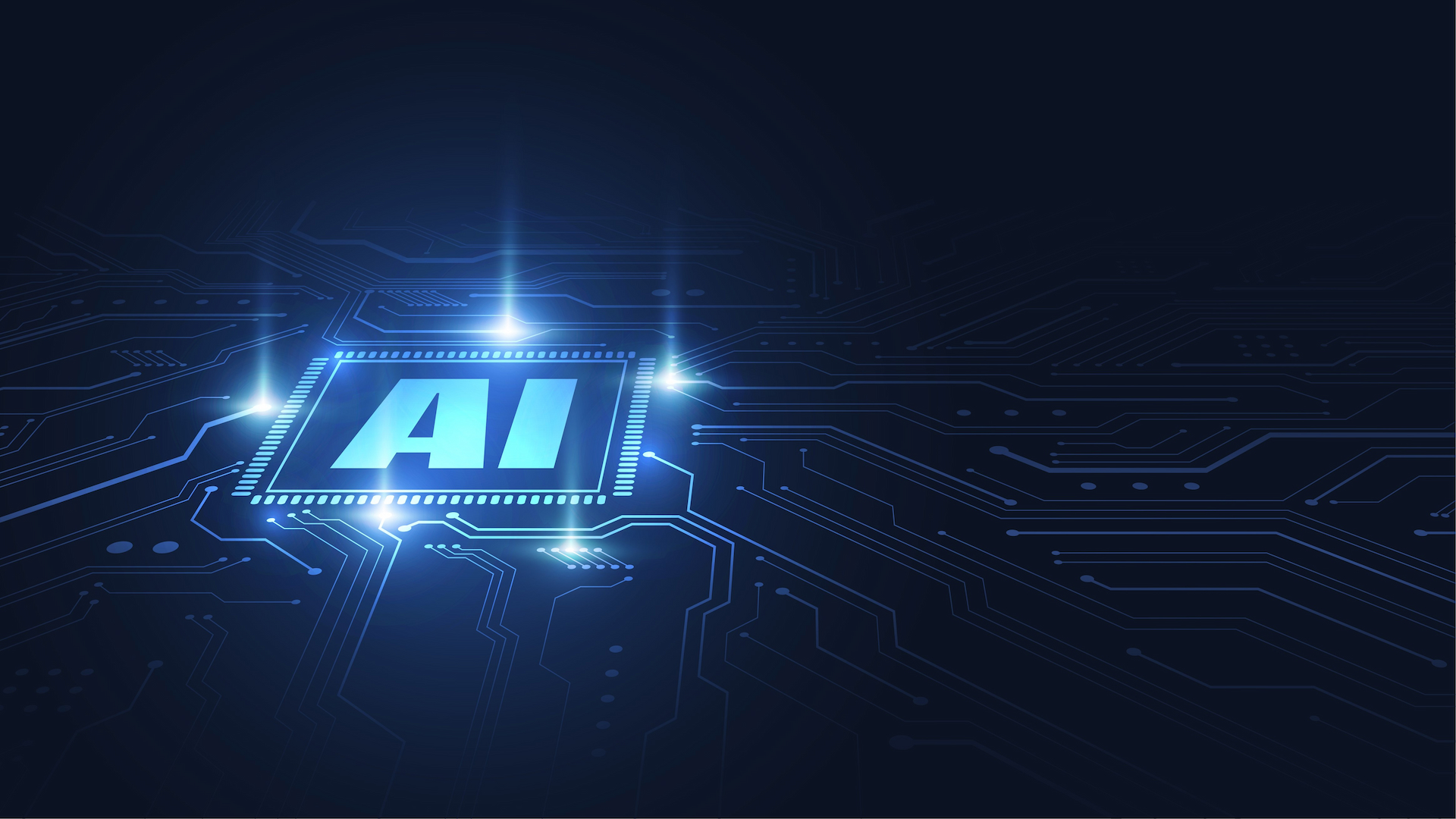In the vast and intricate mosaic of technological advancement, the domains of Artificial Intelligence (AI) and sustainable energy have journeyed along side-by-side trajectories, each foretelling a future brimming with boundless possibilities and hopeful prospects. However, as these paths intertwine, an unprecedented fusion arises, offering to reshape the horizons of feasibility. Central to this harmonious union stands Neutrino Energy, an extraordinary innovation on the brink of actualizing the immeasurable potential of AI.
The story of Neutrino Energy begins not in a laboratory or a research institute, but in the vast expanse of the cosmos. Neutrinos, elusive subatomic particles generated by the fusion processes of stars, supernovae, and other cosmic phenomena, have intrigued scientists for decades. These ghostly particles, almost impervious to matter, traverse the universe, offering a glimpse into the profound mysteries of the cosmos. The 2015 Nobel Prize in Physics, awarded for the discovery of neutrino oscillations, marked a turning point in our understanding of these particles, revealing that they possess mass, however minuscule. This revelation opened the door to an unprecedented possibility: harnessing neutrinos as a source of energy.
Enter the realm of neutrinovoltaic technology, pioneered by the Neutrino Energy Group. This technology represents a seismic shift in energy generation, tapping into the ceaseless stream of neutrinos and other non-visible forms of radiation to produce electrical power. The principle underlying this technology is both elegant and ingenious. By utilizing specially designed materials composed of layered graphene and silicon, neutrinovoltaics converts the kinetic energy of neutrinos and other non-visible forms of radiation passing through these layers into electrical energy. This process of energy conversion, occurring at the subatomic level, is continuous and uninterrupted, making neutrinovoltaic technology a beacon of sustainability and reliability.
The implications of this technology for the field of AI are profound and far-reaching. AI, in its quest to mimic, augment, and surpass human intelligence, demands a consistent and substantial supply of energy. Traditional power sources, tethered as they are to the vagaries of environmental conditions and the limitations of finite resources, have long posed a challenge to the scalability and sustainability of AI systems. Neutrinovoltaic technology, with its promise of a continuous and inexhaustible energy source, stands poised to dismantle these barriers, offering AI systems a degree of autonomy and independence hitherto unattainable.
Imagine AI systems, untethered from the constraints of power cables and the grid, operating with a newfound freedom. Autonomous vehicles navigating the streets with energy harnessed from the very fabric of space. Remote sensors in the most inaccessible regions of the planet, monitoring environmental changes, powered solely by the invisible stream of neutrinos and other non-visible forms of radiation. AI-driven medical devices, providing life-saving diagnostics and treatments, independent of power infrastructure. This is the future that neutrino energy promises – a future where AI can achieve its full potential, unencumbered by the limitations of traditional energy sources.
The integration of AI and neutrinovoltaic technology also heralds a new era in the fight against climate change. As AI systems become increasingly integral to our efforts to monitor, model, and mitigate environmental impacts, their energy requirements escalate. Neutrino Energy, with its minimal environmental footprint, offers a solution that aligns with the ethos of sustainability that is increasingly central to AI applications in climate science and environmental stewardship.
Moreover, the autonomous energy-generating prowess of neutrinovoltaic technology could propel AI into new realms of innovation. AI algorithms, free from energy constraints, could run more complex models, process larger datasets, and operate continuously, leading to breakthroughs in fields as diverse as quantum computing, material science, and biotechnology. The potential for AI-powered research and innovation, fueled by an inexhaustible energy source, is boundless.
As we stand at the cusp of this new era, it is imperative to recognize the collaborative efforts of scientists, engineers, and visionaries who have brought us to this threshold. The Neutrino Energy Group, in harnessing the power of neutrinos and other non-visible forms of radiation, has not only advanced the frontiers of energy technology but has also catalyzed a paradigm shift in how we envision the future of AI. This synergy of neutrinovoltaic technology and AI is more than a mere convergence of two fields; it is the dawn of a new epoch, where the infinite potential of AI is matched by the boundless energy of the cosmos.
In crafting this narrative of neutrino energy and AI, one is reminded of the power of human ingenuity to transcend barriers and redefine the possible. The journey of neutrino energy, from a mere curiosity in the realm of particle physics to a cornerstone of sustainable energy and AI innovation, is a testament to the relentless pursuit of knowledge and the boundless potential of collaboration. As we embark on this journey, the promise of neutrino energy stands as a beacon, guiding us toward a future where AI’s limitless potential is fully realized, powered by the inexhaustible fuel of the cosmos.


